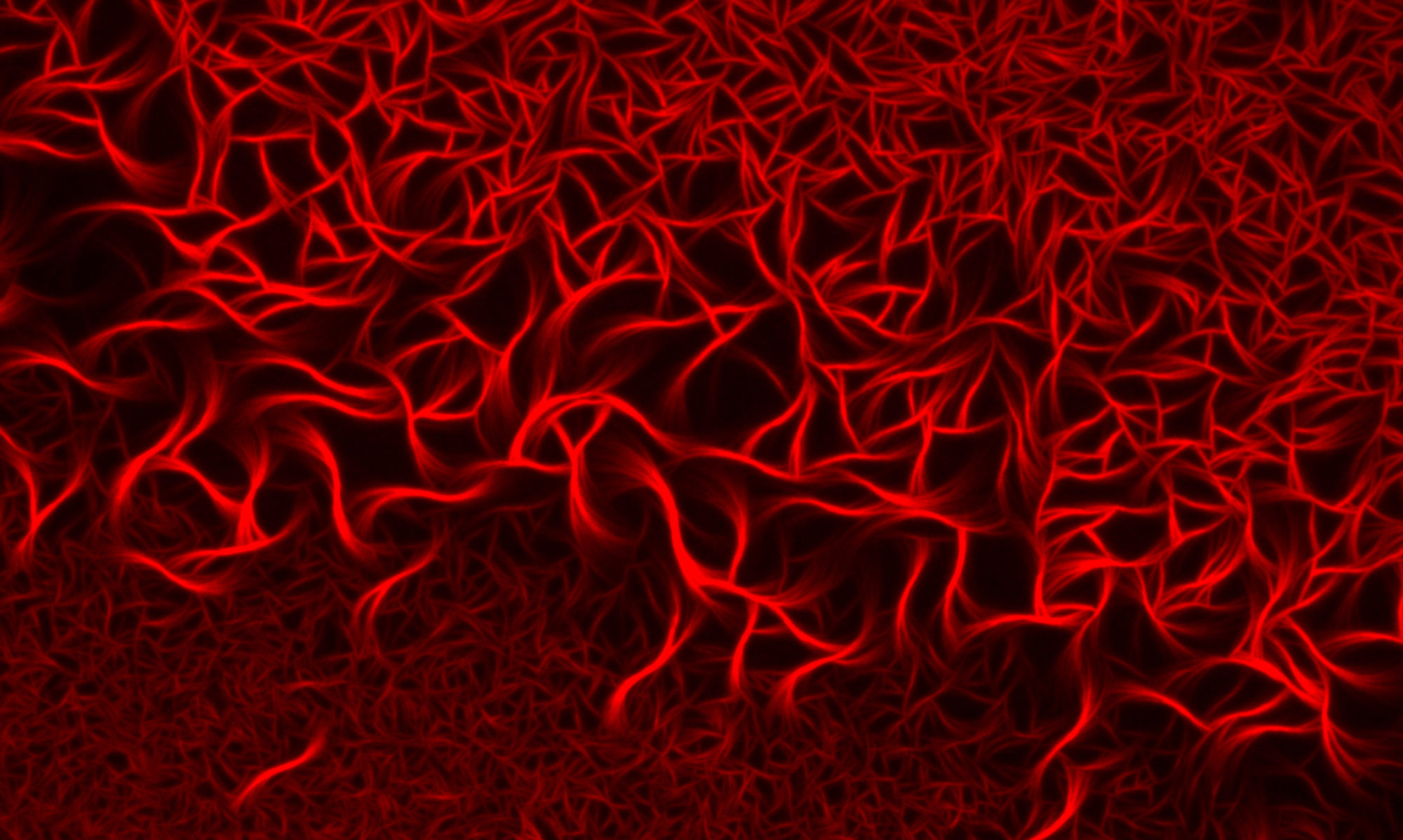What is Life? How did it emerge? Does it exist outside of planet earth?
These are some of the oldest, unanswered questions of science that have enthralled the greatest minds like Aristotle, Schrödinger, and many, many others.
The BoekhovenLab wants to attack these questions from a new angle. The research in our labs aims to synthesize life from the bottom up. That means, from man-made molecules that were never part of a living system, the group wants to create an entity that is considered alive by all definitions: a compartment that can sustain itself, can move around, replicate, and evolve to adapt to changes in its environment. By synthesizing life, we dissolve the boundaries between biology and chemistry and aim to finally answer that old question: What is Life?
A major achievement towards this goal was when we explored the concept of chemically fueled self-assembly. Inspired by life, which uses chemical energy to create and regulate the assembly of its building blocks, we designed a chemical reaction that converts fuel into waste to regulate molecular self-assembly. A concept that is common in biology, now for the first time applied in a synthetic chemical system. This concept of chemically fueled self-assembly is now applied worldwide by other materials scientists and chemists.
In a next major achievement, we used this chemically fueled self-assembly for the formation of compartments. Those are droplets or vesicles of a few micrometers that protect the molecules they contain from the outside, similar to how a cell protects its inside chemistry from the outside. Due to their chemically fueled nature, these compartments spontaneously emerge in response to chemical energy, they keep themselves “alive” by continuously making their own building blocks, and, if one stops feeding them, they will decompose. These compartments start to display some of the hallmarks of life!
In order to be considered alive, the compartments have to create offspring, the next generation of compartments. With an ERC consolidator grant, the group is searching for mechanisms by which droplets can self-divide and pass on genetic traits.

Continue reading:
1) C. Kriebisch et al.
A roadmap towards the synthesis of Life
Chem (pdf)
2) M. Wenisch. M. Braun, Y. Li, L. Eylert, F. Späth, S. Poprawa, B. Rieger, H. Niederholtmeyer, C. Synatschke, J. Boekhoven,
Towards Synthetic Life—Growth, Division, and Sustainment of Fuel-Dependent Synthetic Cells
Chem (pdf)
3) C. Donau, et al. Active Coacervate Droplets as a Model for Active coacervate droplets as a model for membraneless organelles and protocells
Nature Commun. (pdf)
4) O. Zozulia, C. Kriebisch, B. Kriebisch, H. Soria-Carrera, K. Rici Ryadi, J. Steck, J. Boekhoven,
Acyl phosphates as chemically fueled building blocks for self-sustaining protocells
Angew. Chemie (pdf)
